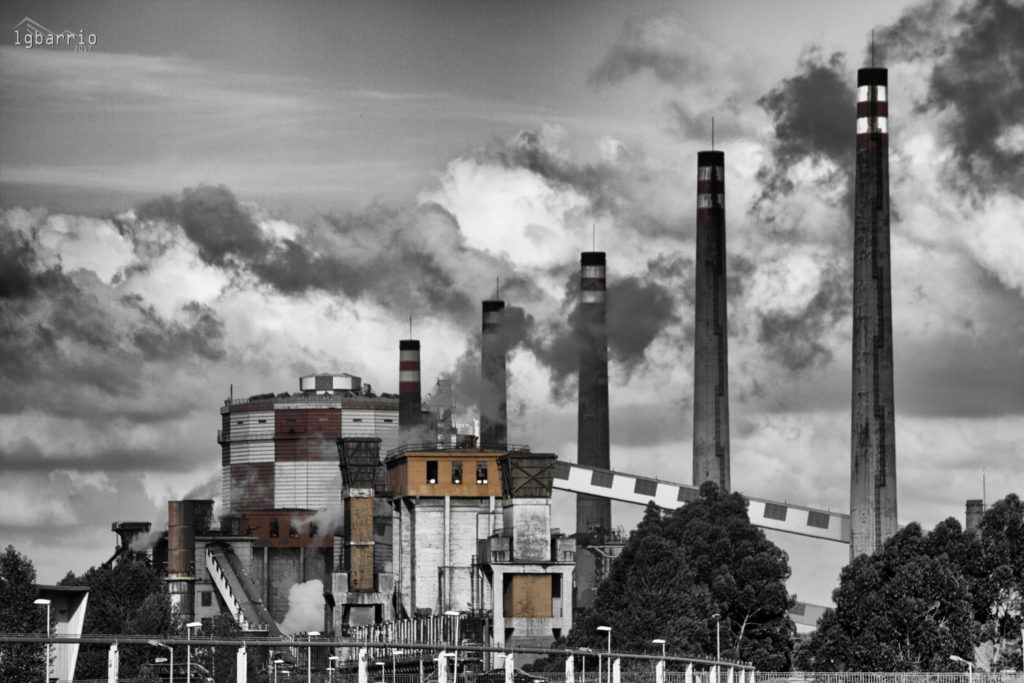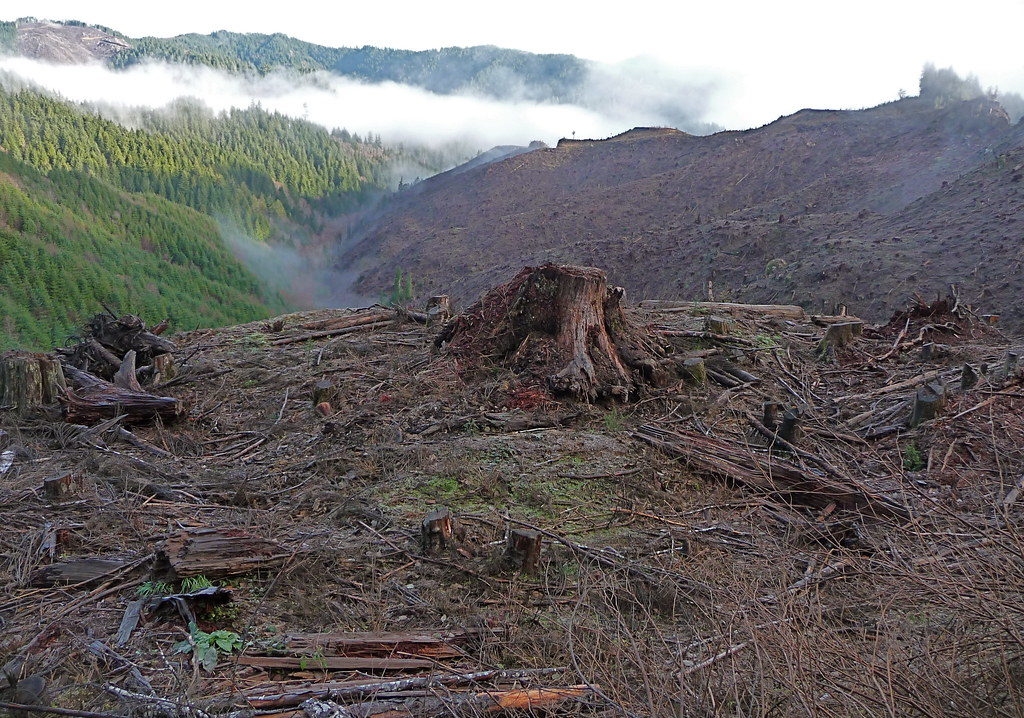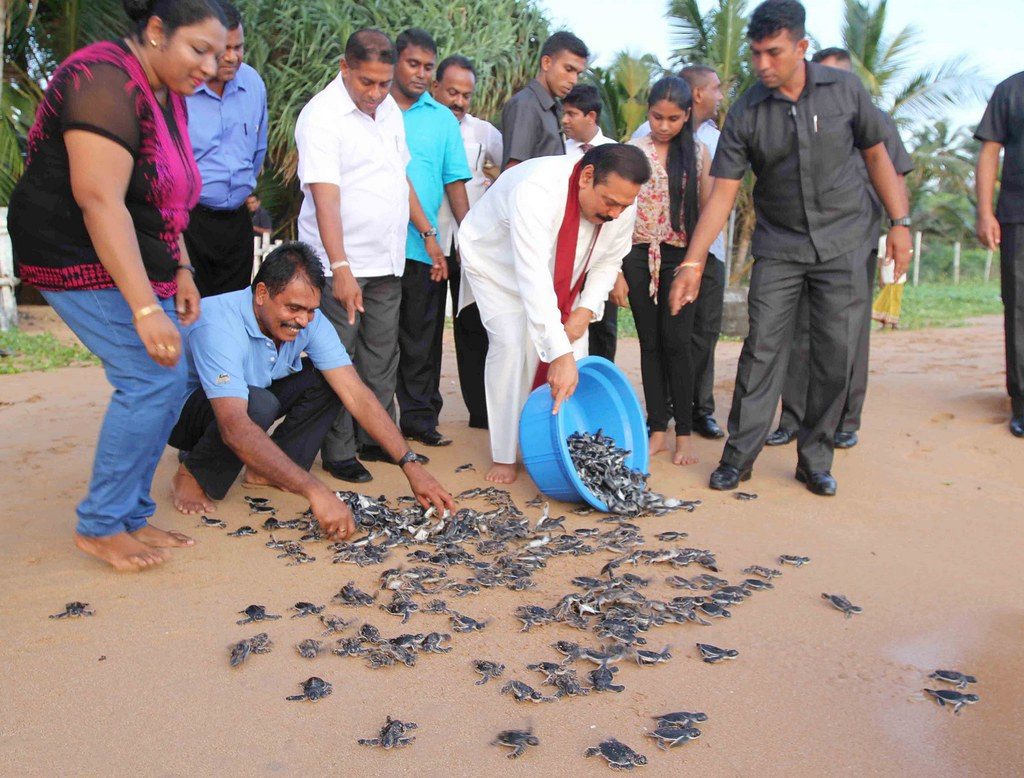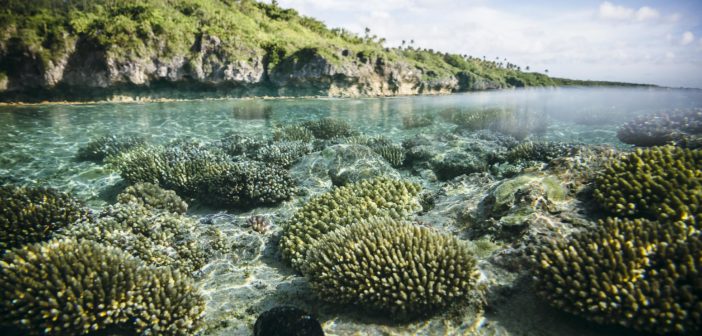Written by Shaun Hurrell
Both incredibly complex and simply vital, biodiversity is much more than a contraction of ‘biological diversity’. First coined by Thomas Lovejoy in 1985, the term actually describes the variety of life on Earth, from the level of genes, to different species, to entire ecosystems like forests, wetlands, reefs and deserts. It also represents the myriad of interactions between all living things on the planet, which provides everything from fresh water to clean air, medicine, and even the joy we feel with the smell of fresh rain, or the money we get from selling building materials or food. If you want to put a price on the ‘ecosystem services’ biodiversity provides, it is in the trillions of dollars – double the world’s Gross Domestic Product (GDP). Yet unfortunately its importance is not understood or recognized by many – which in itself could be the greatest threat facing nature.
For nearly 100 years, BirdLife has been documenting the decline of bird species. Our 2018 State of the World’s Birds report shows that one in eight bird species are in peril. This is a horrific statistic, but it’s also an indicator of a wider problem. Today we’re living in the Anthropocene and the beginning of a sixth mass extinction event. The impact of humans is now so huge that extinction levels are 100-10,000 times greater than the background (or in other words, ‘natural’) rate. This impact has spread to every corner of the globe. For example, more than 70 percent of coral reefs are under threat or already destroyed.
The numbers of individual animals on the planet has halved since 1970. Over 40% of amphibians are threatened with extinction, as are a quarter of all mammal species. And those are only the threats we’ve measured. Diversity is the key to our resilience, yet we’ve lost a huge amount of genetic variety in domesticated commercial crops. Wild relatives of modern rice and wheat, which contain genes that could withstand disease and climate change, are now on the verge of extinction. Combine this with large-scale damage to biodiversity from the conversion of habitat to farmland, soil degradation, overconsumption and pollution, and we are rapidly hurtling towards the point of no return when it comes to biodiversity loss.

Pollution is just one of the ways human activities are causing a crisis of biodiversity loss. Image credit Igbarrio, CC BY-SA 3.0.
There’s a scientific debate at the moment about whether the loss of biodiversity beyond a ‘planetary boundary’ will lead to a global tipping point and the collapse of ecosystems (such as ocean acidification bleaching entire coral reefs, or the removal of top predator fish from a freshwater lake leading to algae proliferation that irreversibly turns the lake to a toxic ‘pea soup’ green). Another theory suggests that rather than a sudden collapse of the system, the continued loss of life will cause a more gradual loss of ecosystem functions. But at this point it all leads to the same conclusion: we’re soon to be using more than four planet Earth’s worth of resources, which is clearly not sustainable. We have to change how we live, and we have to do it now, together.
In 2010, the UN declared it the beginning of the ‘decade on biodiversity.’ Signatory countries to the UN Convention on Biological Diversity (CBD) agreed on a strategic plan for 2020, including 20 biodiversity goals, referred to as the Aichi Targets. “Despite the usual struggles with some governments putting perceived short-term national economic interests above the importance of biodiversity, there was a sense of true optimism,” says Melanie Heath, BirdLife’s Director of Science, Policy & Information. “The targets are clear, they corroborate the needs of people and sustainable development, but they need resources and commitment to implement them.”
Whilst the CBD is non-binding for countries, the Aichi Targets should have been a head start for conservation. BirdLife provided data that underpinned one-fifth of the indicators used to judge progress towards the Aichi Targets, and our policy team advocated heavily at CBD conferences for greater investment when countries looked like they were flailing at the midway point. We even provided figures estimating the investments needed to reduce the extinction risk for all known threatened species at $4 billion annually, with a further $76 billion needed each year to protect and manage terrestrial sites of global conservation significance – totaling less than 20 percent the annual consumer spending on soft drinks.
Today, progress is being made towards a few (arguably insufficiently ambitious) Aichi Targets – or at least parts of them – such as target 11: 15% of the agreed 17% of land, and 4% of the 10% target for marine areas, is now protected or conserved, with a little over two years left before the 2020 deadline. The overall picture, however, is one of failure, inadequate commitment and prioritization from governments, and poor investment. Post-2020, the planet literally can’t afford to miss the mark again.
“By 2020, the end of the current UN Decade on Biodiversity, the world’s biodiversity is set to have declined by two-thirds,” says Dr Cristiana Paşca Palmer, Executive Secretary of the CBD, the woman with the onerous task of leading efforts to create a new global deal for nature at the CBD Conference of Parties (COP) in Beijing in 2020. “This unprecedented rate of destruction jeopardizes not only the amazing variety of life on Earth, but the prospects for human development and well-being. We need a paradigm shift in the way that humans interact with nature; we need transformative change and a systemic approach to address the root causes of biological destruction.”

Clearcutting destroys huge swaths of temperate rainforest. We need drastic change away from this way of relating to the natural world. Image credit Francis Eatherington, CC BY-SA 3.0.
The greatest problem in communicating the biodiversity crisis is the word ‘biodiversity’
Perhaps it’s not what we said, but how we said it. A 2018 paper entitled “Our House Is Burning: Discrepancy in Climate Change vs. Biodiversity Coverage in the Media as Compared to Scientific Literature” found that media coverage of climate change was up to eight times higher than that of biodiversity since 2002. The paper recommended that changing how we communicate the biodiversity crisis, such as through using metaphors, culture, personal experience, and relevance to daily life, could have a big enough impact to drive the change we need,
“The greatest problem in communicating the biodiversity crisis is the word ‘biodiversity’”, said Richard Black, former BBC Environmental Correspondent, at a recent CBD and Cambridge Conservation Initiative (CCI) workshop co-convened by BirdLife, called Many Voices, One Nature. This gathering brought conservationists, communicators and journalists together at the start of a series of events in the lead up to 2020. Whilst you’d probably hear David Attenborough using ‘nature’ or ‘life’ over ‘biodiversity,’ the latter is the word of choice in international politics. Maybe the ‘B-word’ is technocratic and alienating, and perhaps this represents another problem.
“On their own, and when not provided in the context of a story, facts and figures are a surprisingly inefficient persuasion tool to most audiences”, says Ralph Underhill, a communications consultant, and former staff member at the RSPB (BirdLife in the UK). “Humans aren’t objective, rational beings; what influences us all, even scientists, is an emotional connection; humor, stories.” Underhill is also the author of the Framing Nature Toolkit, an informative work that explains how the words we use can have profound effects.
“In one experiment, a crime issue was presented to participants using two different metaphors: when ‘beast’ was used to describe crime, participants favored more punitive responses; while those who had crime presented as a ‘virus’ favored rehabilitation,” he says. “How problems are described will change the solutions we come up with, because all words trigger certain beliefs and associations in our minds.” So it is for nature, also: too much emphasis on the threats and people become depressed and fatalistic. “We need to highlight the problem, but also the successful work we’ve done to address it, so change feels possible and people are inspired to act.”
Perhaps the slogan of the CBD should be reframed as the ‘Safeguarding Our Life on Earth Convention.’ The reality is that we shouldn’t have to make it so (cumbersomely) obvious, yet today there is a subliminal chasm between nature and people that exists in the public psyche, and the vast majority of people do not realize how much they rely on the web of life. We need to better emphasize our connection to nature and how absolutely amazing it is but, as we’ve seen, this problem extends far beyond slogans.
We need a Plan ‘B.’ Paşca Palmer, in her keynote speech at the Many Voices, One Nature workshop, proclaimed: “We need to move beyond conservation, beyond protection.” Nature conservation is no longer just a scientific discipline, it needs to be a movement of social scientists, psychologists, artists, economists and journalists. What’s needed is a behavior change so massive it changes ‘the system’ itself. A mega-campaign, surpassing the scale of that which garnered support for the Paris Climate Accord needs two fronts – emotion for the public, and evidence for policy.

Sri Lanka’s Bentota Sea Turtle Conservation Project releases sea turtle hatchlings. We need to work together to create significant positive change before it is too late, and emphasize those successes to motivate others. Image credit Mahinda Rajapaksa, CC BY-SA 3.0.
We have to change how we live. And we have to do it now, together.
“Kicking off with the CBD Conference of Parties in Egypt last November, and continuing momentum, the BirdLife Partnership is advocating strongly for rapid progress by governments to reach the Aichi Targets”, says Heath. “We are also working hard to secure an ambitious and robust post-2020 biodiversity conservation agenda owned by us all that, critically, must be more effective.” Climate change has a very clear goal for governments to understand: no more than 1.5 degrees. We may need the equivalent for biodiversity, and the public reaction needs to be proportionate to the scale of the threat, such that it will influence elections. This means new narratives, new incentives, new policies, even a new economic model, and, dare it be said, a replacement for the ‘B’ word.
Because if the one thing we’re trying to save cannot be captured in just one term, ‘biodiversity’ (and we’ve seen that, yes, that includes us humans), then we aren’t feeling it in our hearts. In the past, human cultures have often turned to art, creativity and emotion to make sense of the indescribable. Today, we know that the benefits and wonder of biodiversity are literally beyond words. So too must be the renewed campaign to protect them. The deadline: 2020.
Featured image: an underwater landscape at Beveridge Reef, Niue. Image credit United Nations Development Programme, CC BY-SA 3.0.





